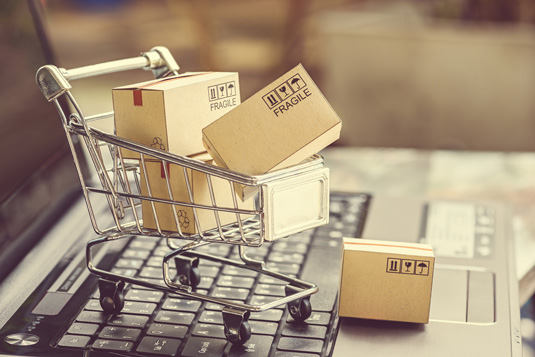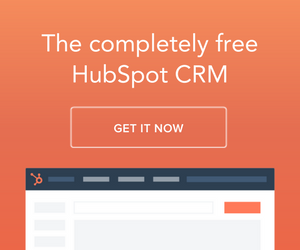What’s a Good Ecommerce Conversion Rate?
 1%? 5%? 10%? When you’re measuring the success of your online marketing and your ecommerce store, what’s a good conversion rate?
1%? 5%? 10%? When you’re measuring the success of your online marketing and your ecommerce store, what’s a good conversion rate?
I was recently talking to an online store owner with a conversion rate of less than 1%--somewhere around .005. That means for every 2000 visits during a typical month, 10 people would make a purchase. Although conversion rates can obviously vary by industry and product type (we’ll talk more about that later in this post), I believe the website can do better.
How Do You Define an Ecommerce Conversion?
For the purpose of this post, we’re going to define ecommerce conversions as the percentage of visitors who actually make a purchase from your online store. The percentage of website visitors who add an item to their cart and those who make it to the checkout are also hugely important. After all, if you don’t get enough people in your sales funnel, they’ll never actually buy anything.
Where Does Your Website Traffic Come From?
First things first—your conversion rates will depend a lot on the type of products you’re selling and where your traffic is actually coming from.
If you’re selling bigger ticket items it might take longer for people to buy so your conversion rate could be lower than if you’re selling $10 t-shirts.
If you’re generating a lot of traffic from Facebook, Instagram, etc., people hitting your site might be window shopping and not have the same level of intent as those landing on your site from organic traffic or Google Shopping campaigns.
Google Analytics can be an incredibly powerful tool for understanding sources of website traffic. Even if you’re using ecommerce platforms such as Shopify or BigCommerce that already have quite a bit of reporting built in, the depth of information you can glean from Analytics is second to none.
Once you’re in Google Analytics, just click “Acquisition” and then “Overview” for a quick look at traffic sources.

What’s a Good Ecommerce Conversion Rate?
According to an article from BigCommerce, average ecommerce conversion rates are 1-2%. However, they suggest setting a 2%+ conversion rate as the baseline goal for your online store. And I completely agree. Why limit yourself to only 1%? Wouldn’t you like to generate as many conversions from your website as humanly possible?
Assuming you have a good product and visitors to your website didn’t land there by accident, every click means you have a chance to capture a sale.
How to Improve Your Ecommerce Conversion Rate
When an online store has a low conversion rate, the first thing I look at is the user experience. Here is a handy 5 question checklist to help you get started and improve your ecommerce conversion rate.
- Is the website easy to navigate? When you have too many items or your navigation isn’t intuitive, visitors typically bounce out.
- Does the website showcase the products and services in the best possible light? I can’t stress this enough. If you’re using a template, make sure the template is the right fit for what you have to offer. If you’re building a custom website, think about your design through the eyes of your target customer—what do they want to see?
- Do the product descriptions pull the reader in and elicit an emotional response? All too often, ecommerce stores mail it in by using the same product descriptions that can be found on similar products from competitors (or distributers if you’re dropshipping). That’s a big “NO NO!” Unique ecommerce product descriptions are hugely important for organic search and for your website visitors.
- Is the product photography interesting? Similar to product descriptions. If you don’t get your product photograph right, you’re going to have a really tough time capturing more conversions. Your product photography should capture your brand voice and your brand personality.
- Is it easy to make a purchase? Most of the major ecommerce platforms make this part really easy as they have a standard shopping cart functionality already built into their sites (ex. BigCommerce, Shopify, etc.). Regardless, you always want to make sure you ask for the minimal amount of information possible to make a purchase. For example, if you aren’t interested in sending out email newsletters or growing your email list, it might make sense to remove an automatic opt-in when shoppers complete an order. If you’re mainly targeting B2C shoppers, you probably don’t need to capture “business name” as part of their contact information.
Next Steps
Before you spend all of your time trying to increase Facebook likes or Instagram engagement for your online store, spend some time improving your ecommerce conversion rate. After all, none of the social media will matter if you’re not able to get people to buy. Don’t settle for anything under 1%. Swing for the fences! You can (and should) do better.

Leave a comment